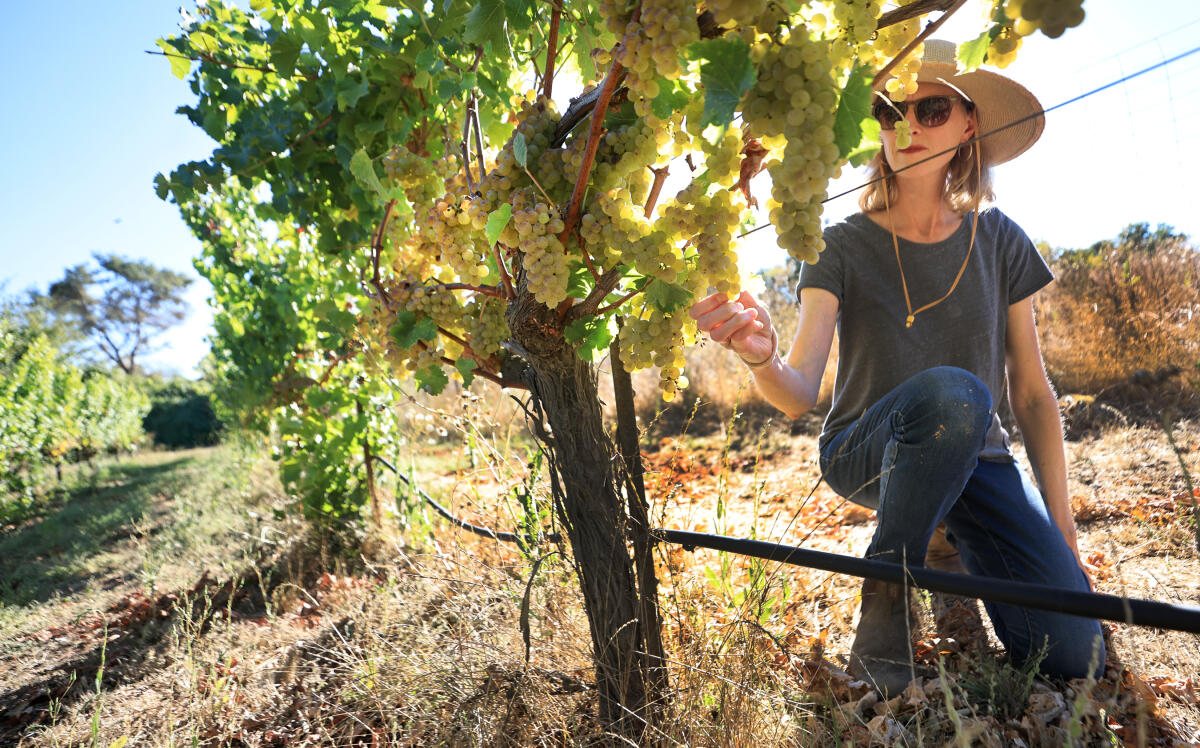The American wine industry is facing a major downturn, with many wineries struggling to stay afloat. A year ago, a Napa vintner warned that several brands were already in trouble, though they had yet to realize it. By last spring, it became evident that the industry was heading toward a significant reckoning, but the full extent of the crisis was still unclear.
One of the strongest indicators of this decline is the number of winery closures. In 2024, for the first time in a generation, the total number of U.S. wineries decreased, with the West Coast seeing a 4.3% drop, according to Wine Business Analytics.
Bay Area Wineries Shut Down as Oversupply and Declining Demand Reshape the Industry
Several well-established wineries in the Bay Area shut down in 2024, including Edmunds St. John, Carlisle, Brendel, Tarpon, and Sbragia. The trend has continued into early 2025, with Napa’s Newton Vineyards among the latest casualties. Some wineries, such as Brian Arden and Arista, have opted to sell their production facilities while attempting to preserve their brands in a new form.
Industry experts predict a gradual decline, pointing to the slowdown in wine consumption after two decades of steady growth. As demand decreases, wineries are being forced to cut back on production, tasting rooms, and vineyard acreage.

A major factor in the industry’s struggles is an oversupply of wineries compared to current wine consumption trends in the U.S. To address this imbalance, vineyards across California are being removed in an effort to stabilize the market. Many wineries are also choosing to sell rather than close outright.
However, merger-and-acquisition (M&A) activity in the wine industry has slowed. The total value of deals in 2024 dropped to $2.6 billion from $3 billion the previous year, partly due to distressed assets like those of Vintage Wine Estates, a large company that filed for bankruptcy last summer.
Constellation Considers Wine Exit as Beer Sales Dominate and Tariffs Threaten Profits
Industry experts expect more acquisitions in the near future. A widely circulated rumor suggests that Constellation Brands, the country’s fifth-largest wine company, is considering selling its entire wine portfolio, which includes labels like Robert Mondavi, The Prisoner, and Woodbridge.
This move would align with Constellation’s financial trends, as its beer business continues to outperform its wine division. According to the company’s earnings report, beer now accounts for nearly 82% of its sales, while wine has dropped to 15.6%. However, Constellation now faces a new challenge—a 25% tariff on its Mexican-produced beer, which could impact its profitability.
The wine industry has seen similar shifts before, with major beverage companies like Coca-Cola, Nestlé, and Diageo exiting the market after unsuccessful investments. While the current downturn has been severe, some experts believe that the worst may be over. As long as market conditions remain stable, M&A activity is expected to continue, and more wineries will likely shut down. The American wine industry is undergoing a significant transformation, and the effects of this shift will be felt for years to come.


